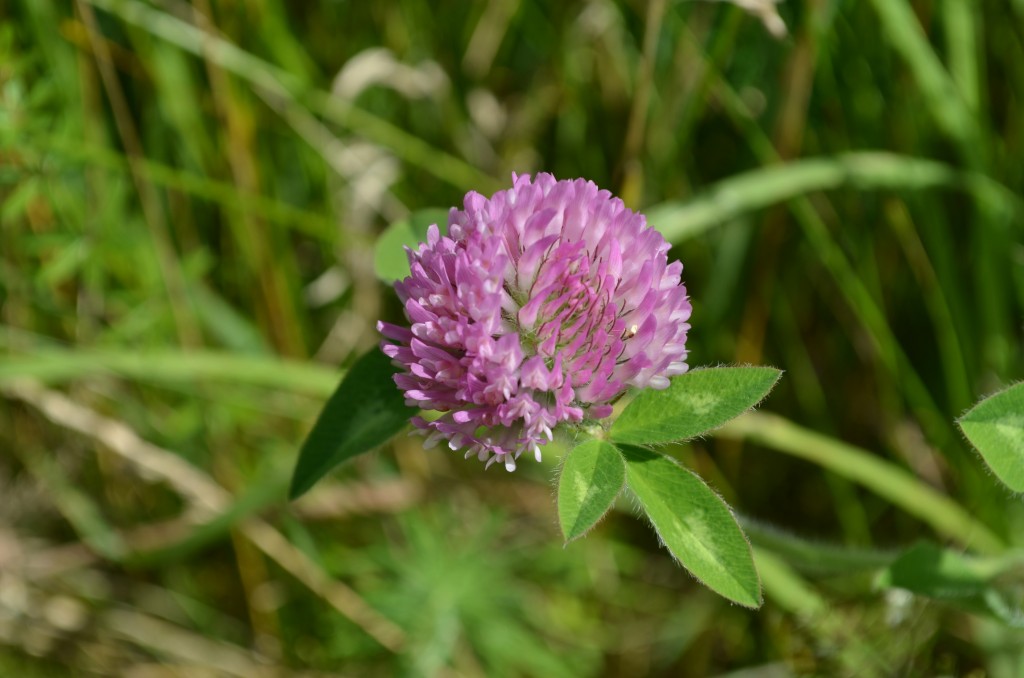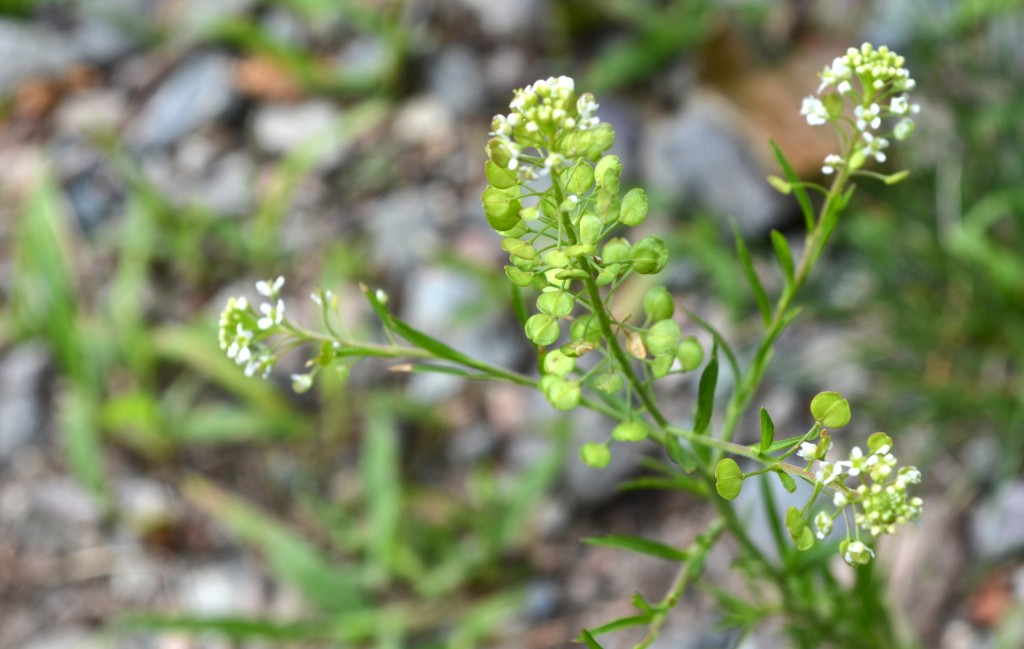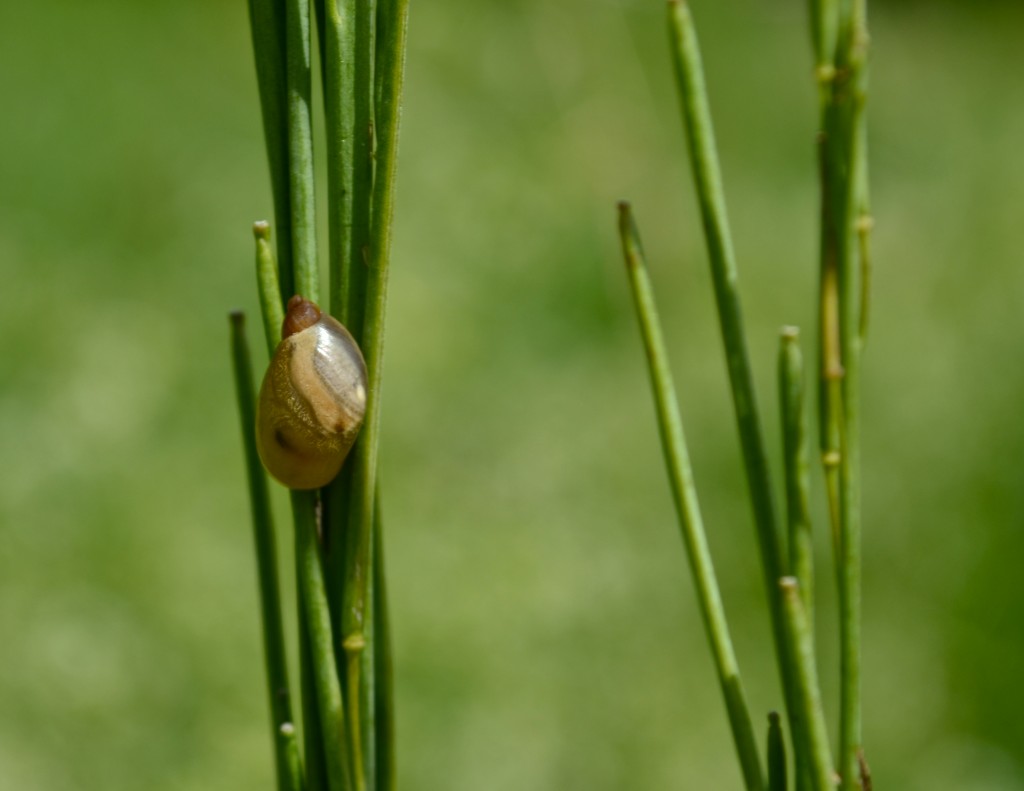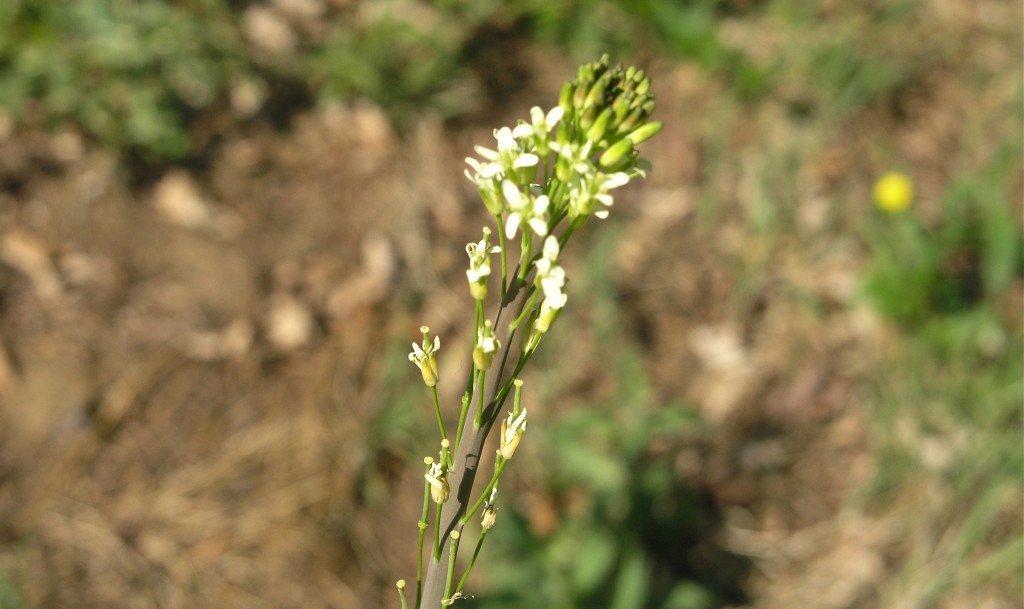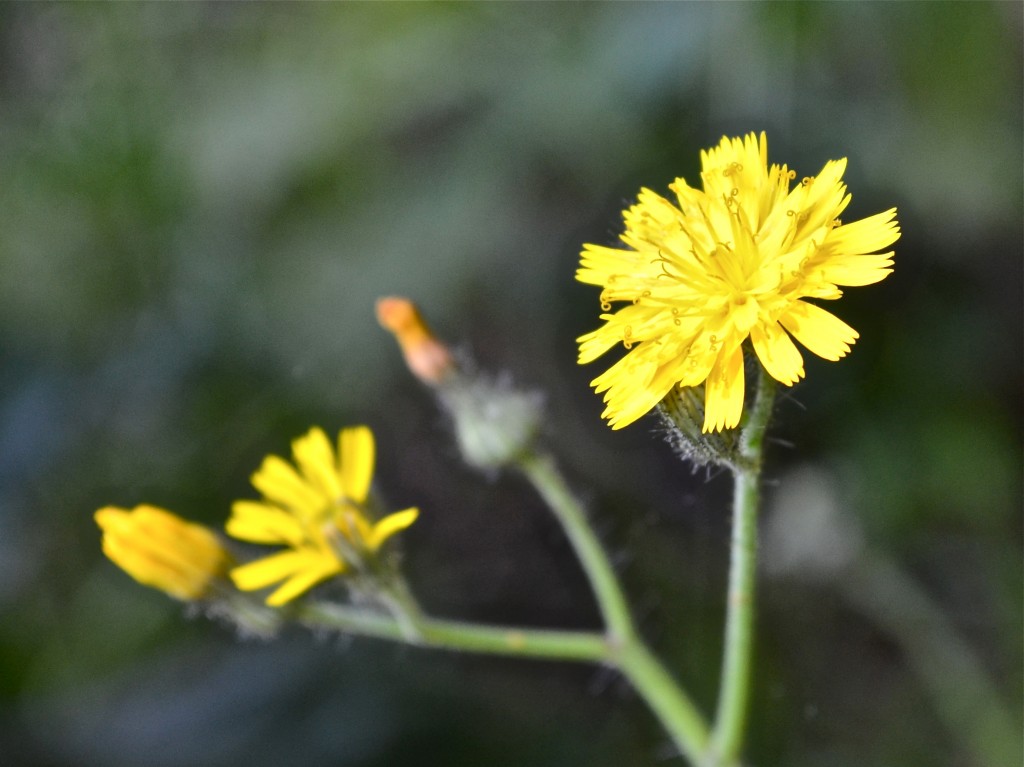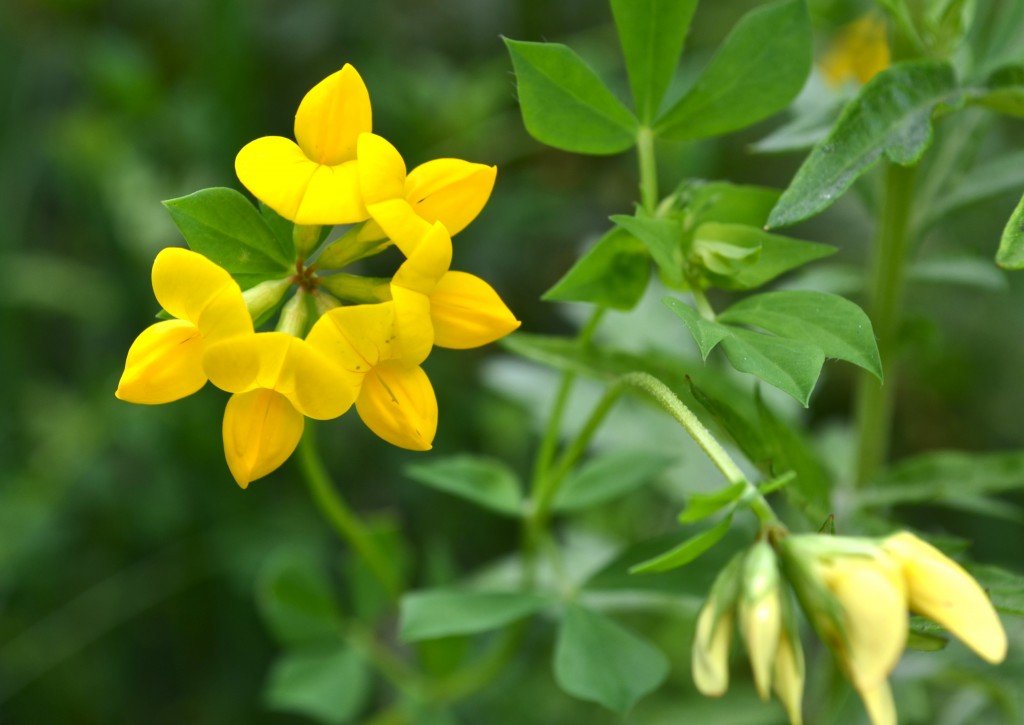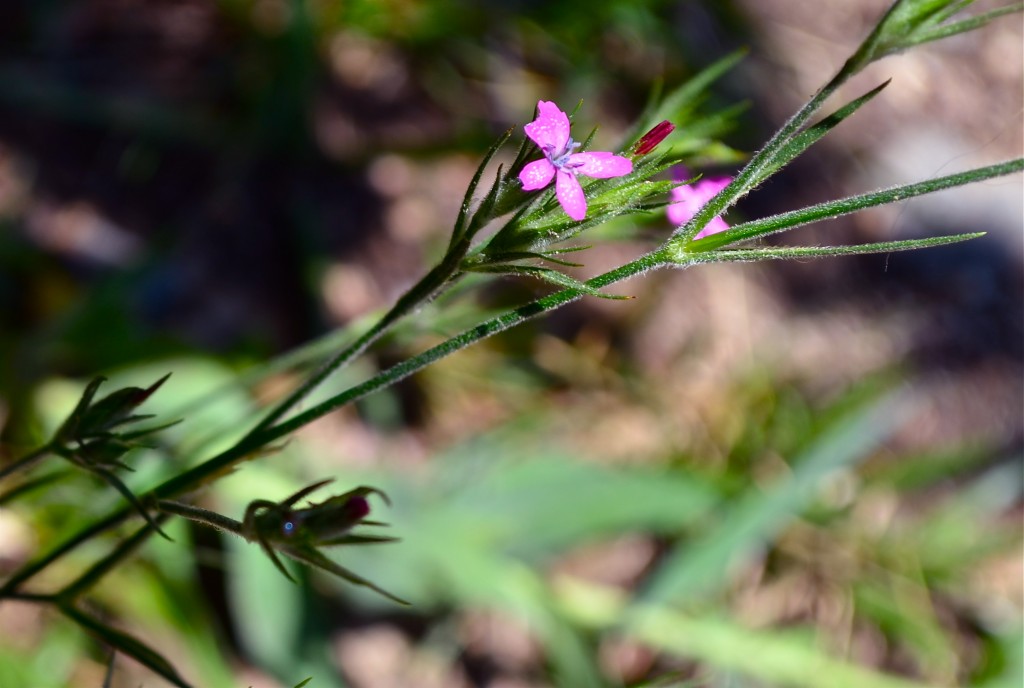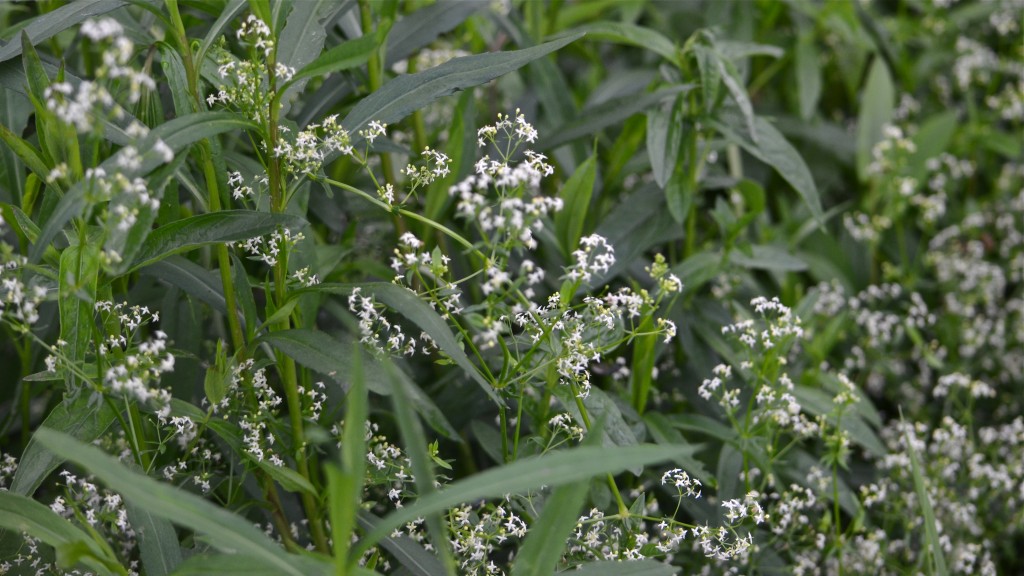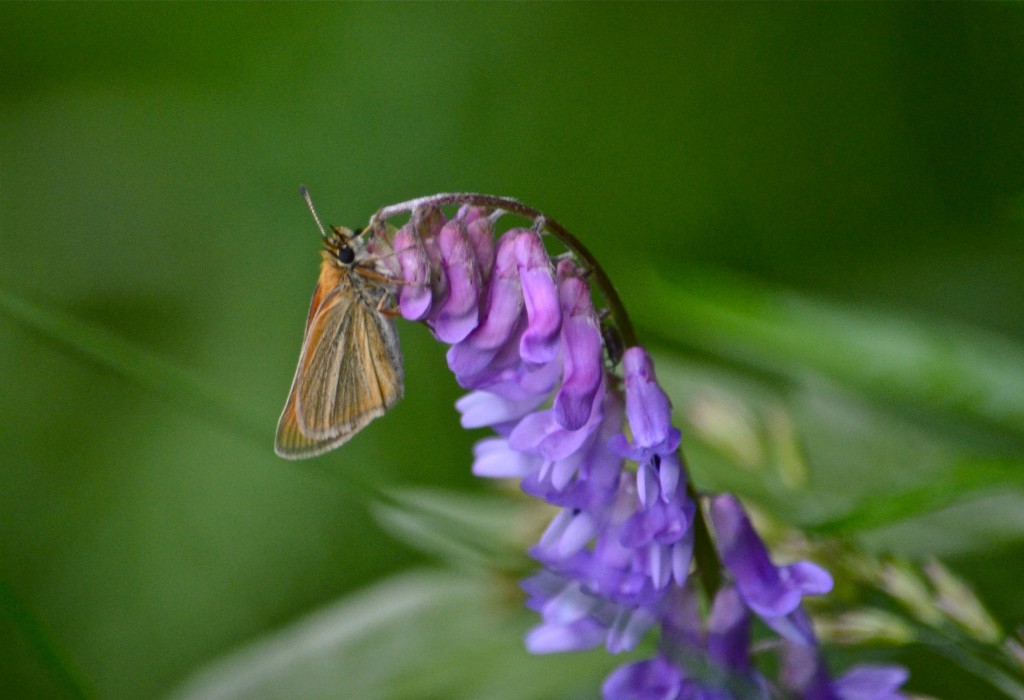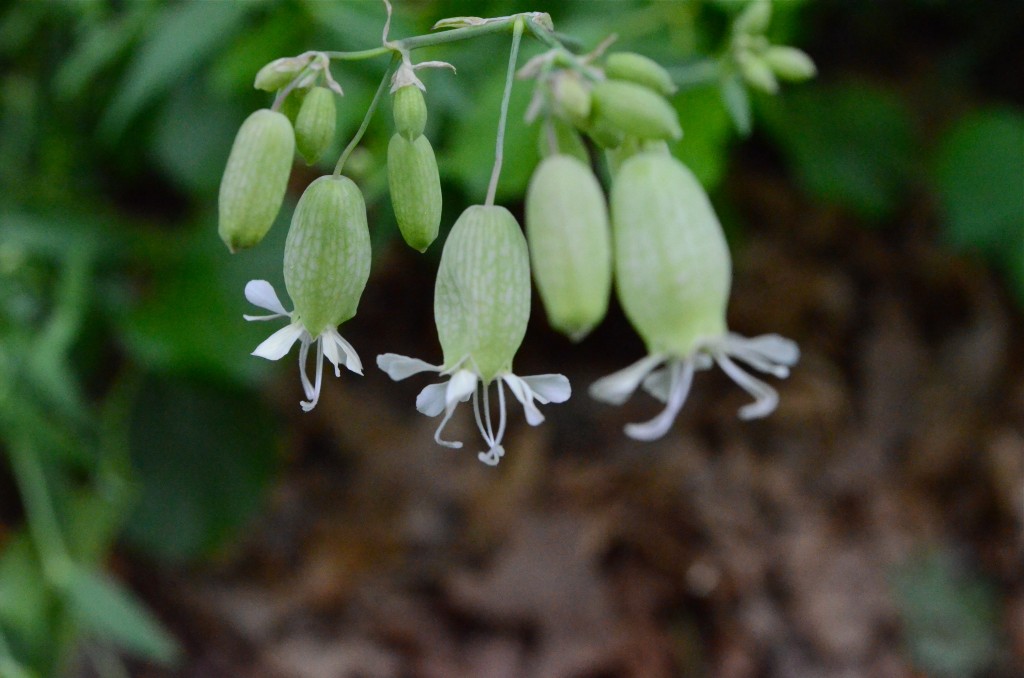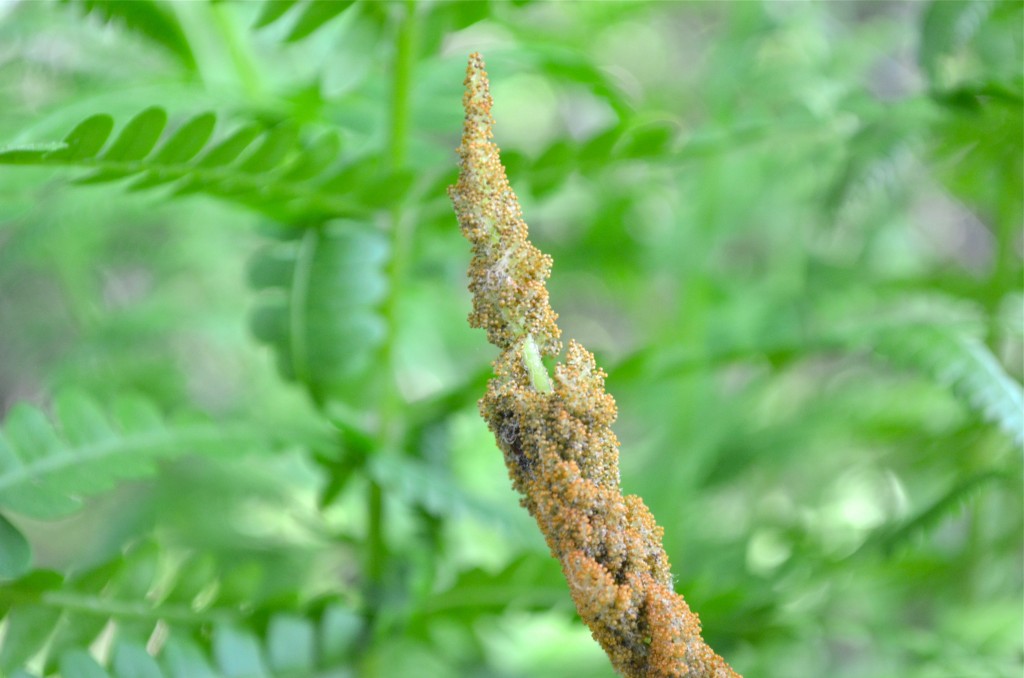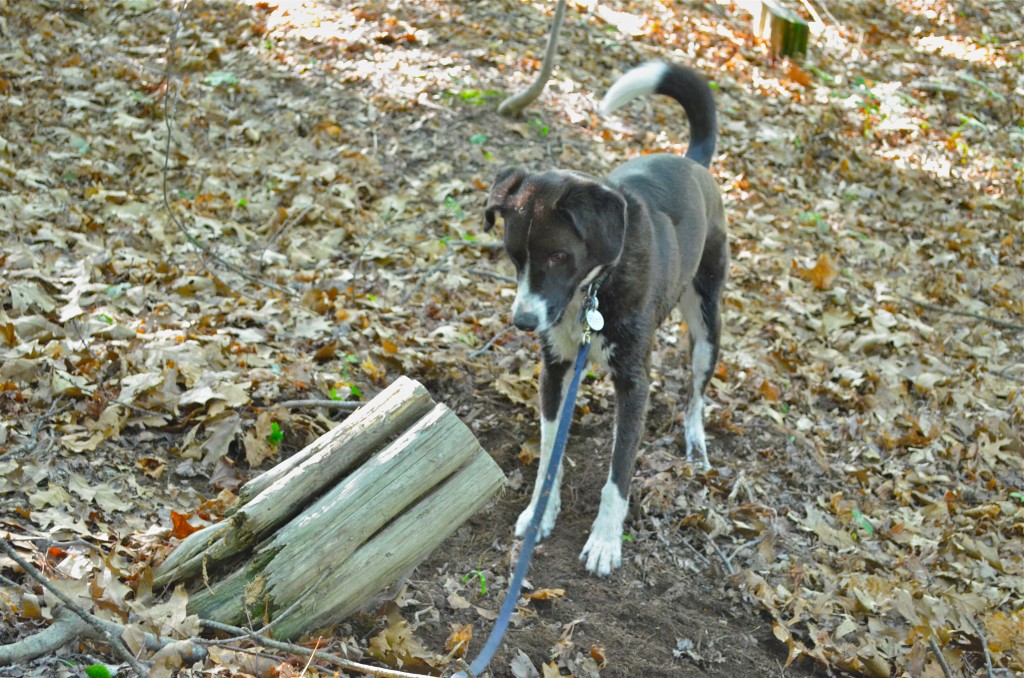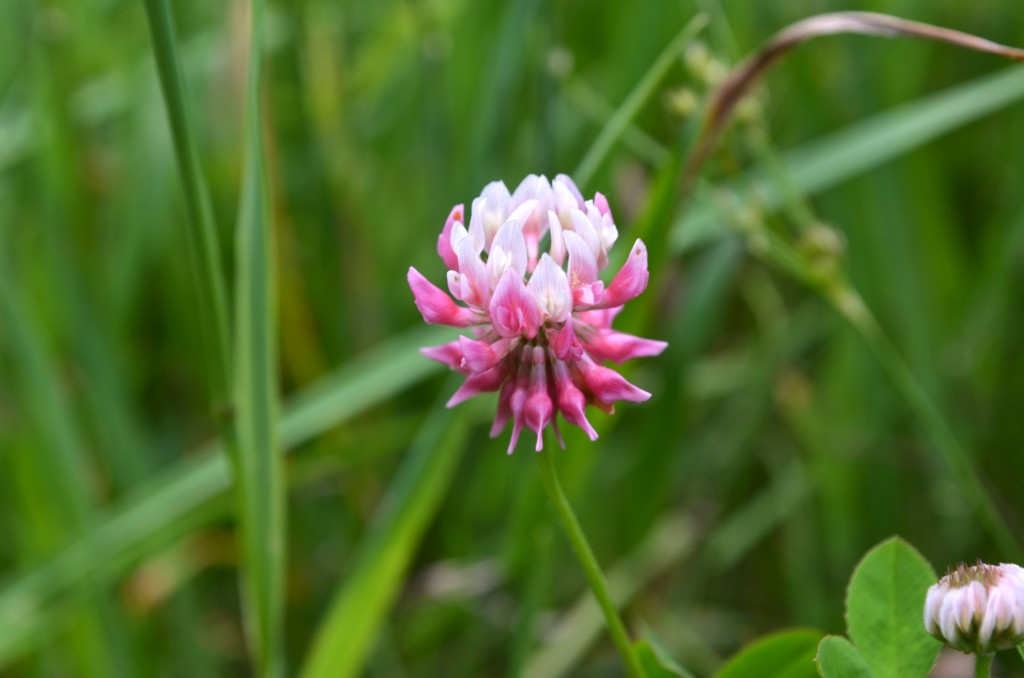 Have you ever noticed that there is not just one kind of red clover? You can recognize Alsike Clover (above) by the fact that the flower is on a stem without leaves, but Red Clover (below) has the flower always sitting on a doily of leaves. Also, Alsike Clover leaves don’t have the pale markings of Red Clover. Pea family. Native to Europe. Its name is from the Swedish town of Alsike.
Have you ever noticed that there is not just one kind of red clover? You can recognize Alsike Clover (above) by the fact that the flower is on a stem without leaves, but Red Clover (below) has the flower always sitting on a doily of leaves. Also, Alsike Clover leaves don’t have the pale markings of Red Clover. Pea family. Native to Europe. Its name is from the Swedish town of Alsike.
Alsike Clover (Trifolium hybridum)

